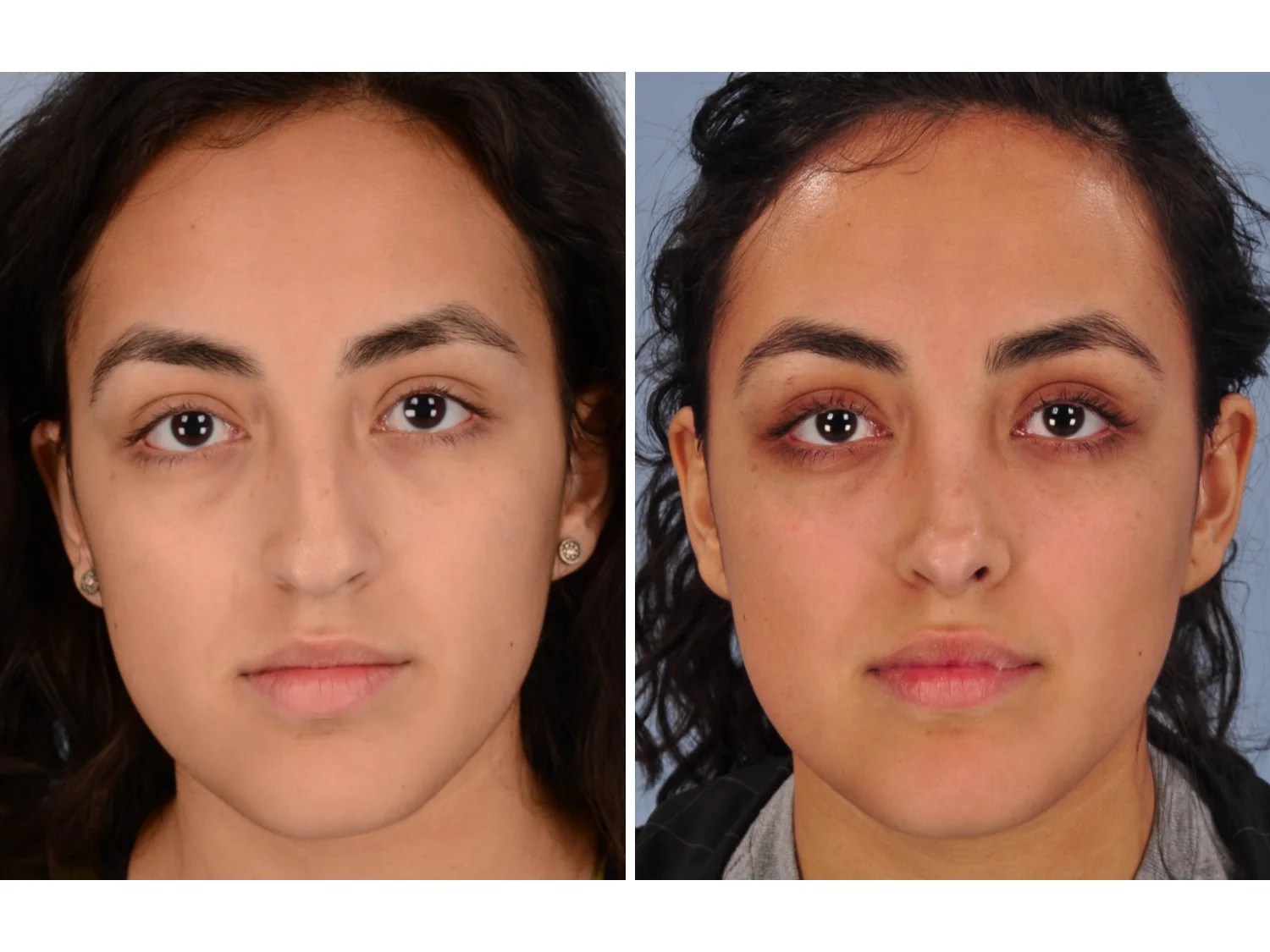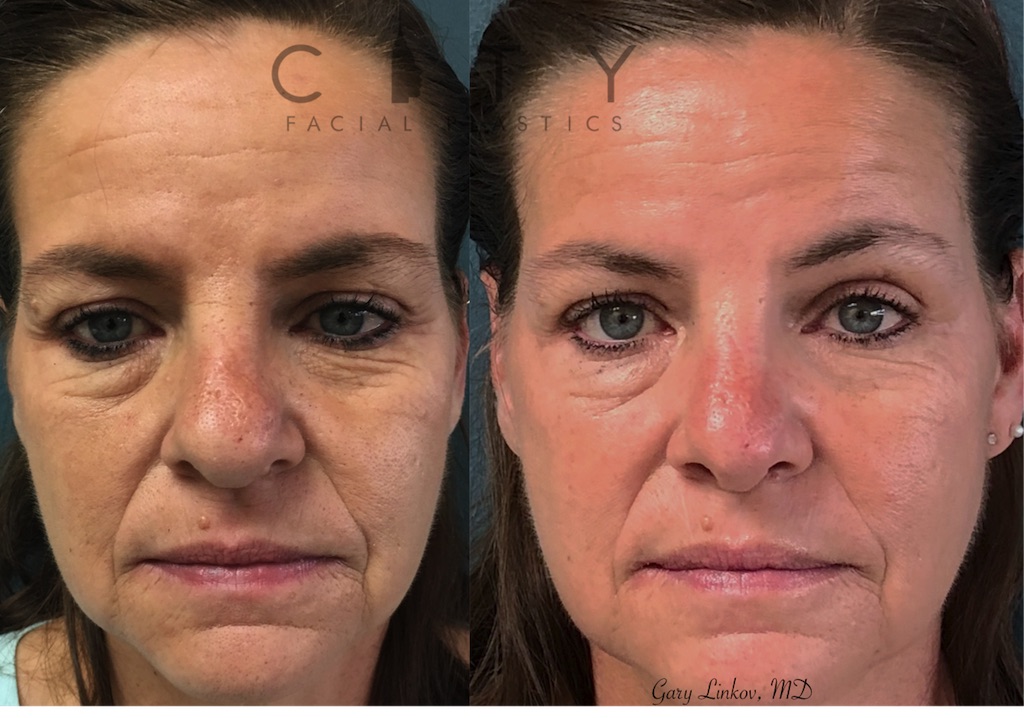The Austin Rhinoplasty Statements
Table of Contents4 Easy Facts About Nose Job Austin ExplainedThe smart Trick of Nose Job Austin That Nobody is Discussing10 Simple Techniques For Rhinoplasty
The septum is quadrangular; the upper half is flanked by two (2) triangular-to-trapezoidal cartilages: the upper lateral-cartilages, which are fused to the dorsal septum in the midline, and laterally connected, with loose ligaments, to the bony margin of the pyriform (pear-shaped) aperture, while the inferior ends of the upper lateral-cartilages are complimentary (unattached).Below the upper lateral-cartilages lay the lower lateral-cartilages; the paired lower lateral-cartilages swing outwards, from medial accessories, to the caudal septum in the midline (the median crura) to an intermediate crus (shank) area. Lastly, the lower lateral-cartilages flare outwards, above and to the side (superolaterally), as the lateral crura; these cartilages are mobile, unlike the upper lateral cartilages.
e., an external curving of the lower borders of the upper lateral-cartilages, and an inward curving of the cephalic borders of the alar cartilages. The kind of the nasal subunitsthe dorsum, the sidewalls, the lobule, the soft triangles, the alae, and the columellaare configured differently, according to the race and the ethnic group of the patient, therefore the nasal physiognomies denominated as: African, platyrrhine (flat, large nose); Asiatic, subplatyrrhine (low, wide nose); Caucasian, leptorrhine (narrow nose); and Hispanic, paraleptorrhine (narrow-sided nose).

The internal nasal valve makes up the location bounded by the upper lateral-cartilage, the septum, the nasal flooring, and the anterior head of the inferior turbinate. In the narrow (leptorrhine) nose, this is the narrowest part of the nasal air passage. Typically, this area needs an angle higher than 15 degrees for unblocked breathing; for the correction of such narrowness, the width of the nasal valve can be increased with spreader grafts and flaring sutures.
Nasal anatomy: The philtrum. The surgical management of nasal problems and deformities divides the nose into 6 anatomic subunits: (i) the dorsum, (ii) the sidewalls (paired), (iii) the hemilobules (paired), (iv) the soft triangles (paired), (v) the alae (paired), and (vi) the columella. Surgical correction and reconstruction understand the whole structural subunit affected by the defect (wound) or defect, therefore, the whole subunit is corrected, especially when the resection (cutting) of the defect encompasses more than 50 percent of the subunit.
Rhinoplasty Austin Tx - Questions
The nasofrontal angle, in between the frontal bone and the nasion usually is 120 degrees; Read More Here the nasofrontal angle is more intense in the male face than in the female face. The nasofacial angle, the slope of the nose relative to the plane of the face, is approximately 3040 degrees. The nasolabial angle, the slope in between the columella and the philtrum, is approximately 9095 degrees in the male face, and around 100105 degrees in the female face.
When observed from listed below (worm's- eye view), the alar base configures an isosceles triangle, with its pinnacle at the infra-tip lobule, right away underneath the pointer of the nose. The facially proportionate projection of the nasal tip (the distance of the nose's pointer from the face) is determined with the Goode Method, in which the forecast of the nasal idea must be 5560 percent of the distance in between the nasion (nasofrontal junction) and the tip-defining point.
The Goode Technique determines the extension of the nose from the facial surface area by understanding the distance from the alar groove to the tip of the nose, and then relating that measurement (of nasal-tip special info forecast) to the length of the nasal dorsum. The nasal forecast measurement is gotten by delineating a best triangle with lines parting from the nasion (nasofrontal juncture) to the alarfacialgroove. rhinoplasty surgery austin tx.
55:1 to 0. 60:1, is the perfect nasal-tip-to-nasal-length projection. Nose Job: Nasal Class I - rhinoplasty. The Roman nose. (Nasology Eden Warwick, 1848) Nose Surgery: Nasal Class II. The Greek nose. (Nasology Eden Warwick, 1848) Rhinoplasty: Nasal Class III. The African nose. (Nasology Eden Warwick, 1848) Nose Job: Nasal Class IV. The Hawk nose. (Nasology Eden Warwick, 1848) Nose Surgery: Nasal Class V.
( Nasology Eden Warwick, 1848) Nose Job: Nasal Class VI. The celestial nose. (Nasology Eden Warwick, 1848) To figure out the client's viability for going through a rhinoplasty treatment, the surgeon medically examines him or her with a complete medical history (anamnesis) to identify his or her physical and psychological health. The prospective client needs to describe to the physiciansurgeon the practical and visual nasal problems that he or she suffers.

Moreover, extra to physical viability is psychological suitabilitythe client's mental intention for going through nose surgery visit site is important to the surgeon's pre-operative examination of the client. The complete physical exam of the rhinoplasty patient identifies if he or she is physically fit to go through and tolerate the physiologic tensions of nose surgical treatment.
How Rhinoplasty Surgery Austin can Save You Time, Stress, and Money.
Specific facial and nasal assessments record the client's skin-type, existing surgical scars, and the symmetry and asymmetry of the visual nasal subunits. The external and internal nasal evaluation concentrates upon the structural thirds of the noseupper section, middle section, lower sectionspecifically noting their structures; the steps of the nasal angles (at which the external nose jobs from the face); and the physical characteristics of the naso-facial bony and soft tissues.
In addition, when called for, particular teststhe mirror test, vasoconstriction assessments, and the Cottle maneuverare included to the pre-operative assessment of the prospective rhinoplasty patient. Developed by Maurice H. Cottle (18981981), the Cottle maneuver is a principal diagnostic strategy for spotting an internal nasal-valve condition; whilst the client carefully inspires, the surgeon laterally pulls the patient's cheek, thereby imitating the widening of the cross-sectional area of the corresponding internal nasal valve.